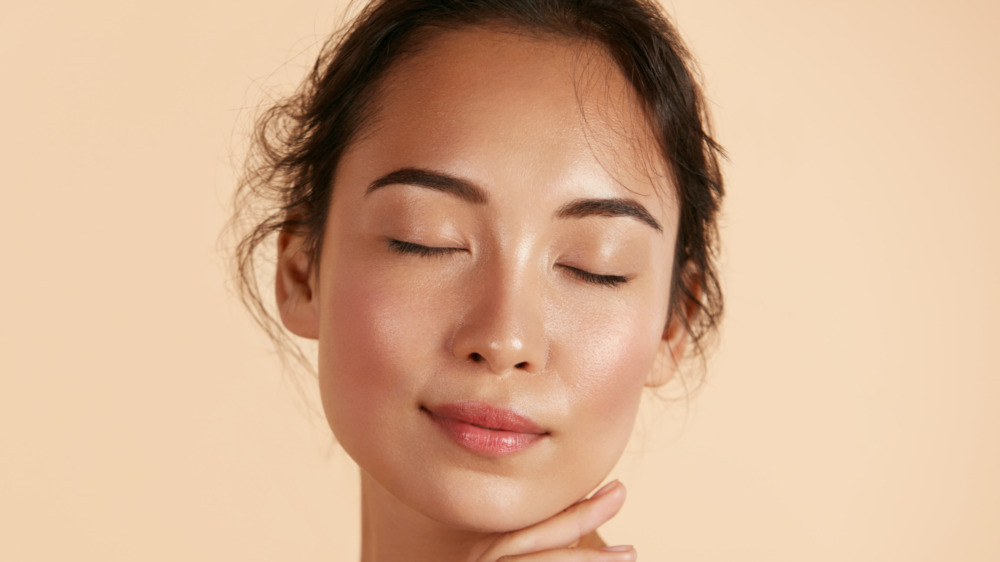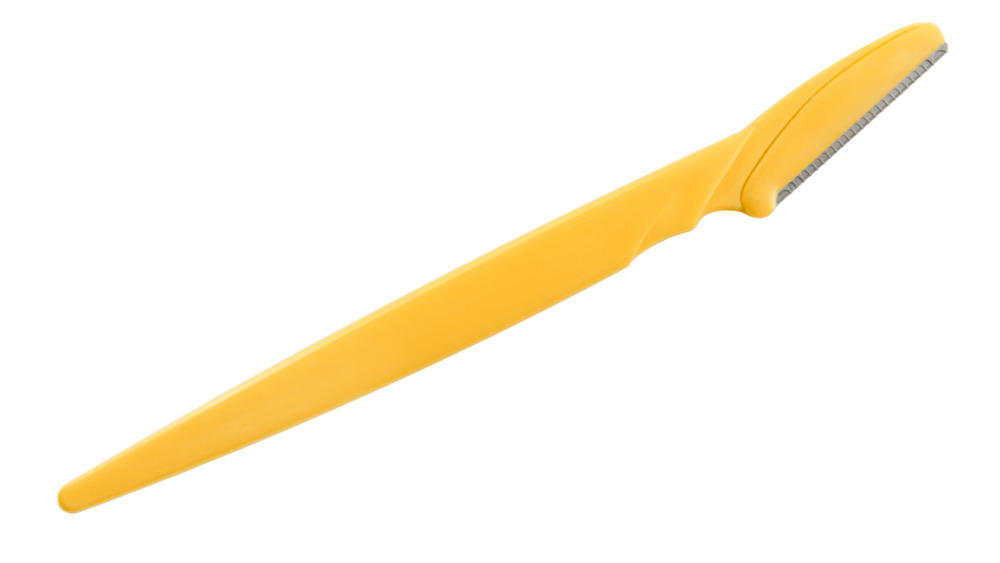Why You Should Think Twice About Dermaplaning At Home
Dermaplaning is a skin treatment that involves using a blade to remove the top layer of skin on your face for the purpose of exfoliation (via Byrdie). The benefits are several, including revealing fresher, younger-looking skin; allowing your skincare products to penetrate more deeply, and therefore more effectively; and allowing for smoother application of makeup.
What began as a spa treatment is now being done increasingly at home, with tools you can buy at many stores and online. Experts suggest that after you do an at-home treatment, you must fight the urge to further treat your skin with any other exfoliating treatments. It's also wise to avoid makeup for at least a day. They also advise applying healing lotions or serums to help hydrate and soothe treated skin. It's also absolutely essential that you are using a good sunscreen, as that fresh skin, as lovely as it looks, is very sensitive and vulnerable to damage (via Byrdie).
Who should avoid dermaplaning at home
As soft and supple as skin can be after dermaplaning, there are certain people who may want to avoid doing it at home, including those who have any type of skin irritation on their faces. If you have acne or rosacea, for instance, you should probably skip this skincare fad, as scraping a blade across raised or irritated skin can greatly increase irritation and worsen the condition (via Curology). Even for healthy skin, dermaplaning can increase sensitivity, and you may notice new irritation. If this happens, discontinue the dermaplaning until you can consult with a dermatologist. You should also avoid exfoliating acids and other potentially-irritating products until symptoms subside.
Further, if you accidentally nick your skin (you are using a blade, after all), be careful to treat it properly to avoid infection. If symptoms of infection crop up like redness, soreness or discomfort, swelling, pustules, or crusting that is yellow or gold in color, you need to contact your doctor (via Byrdie).

